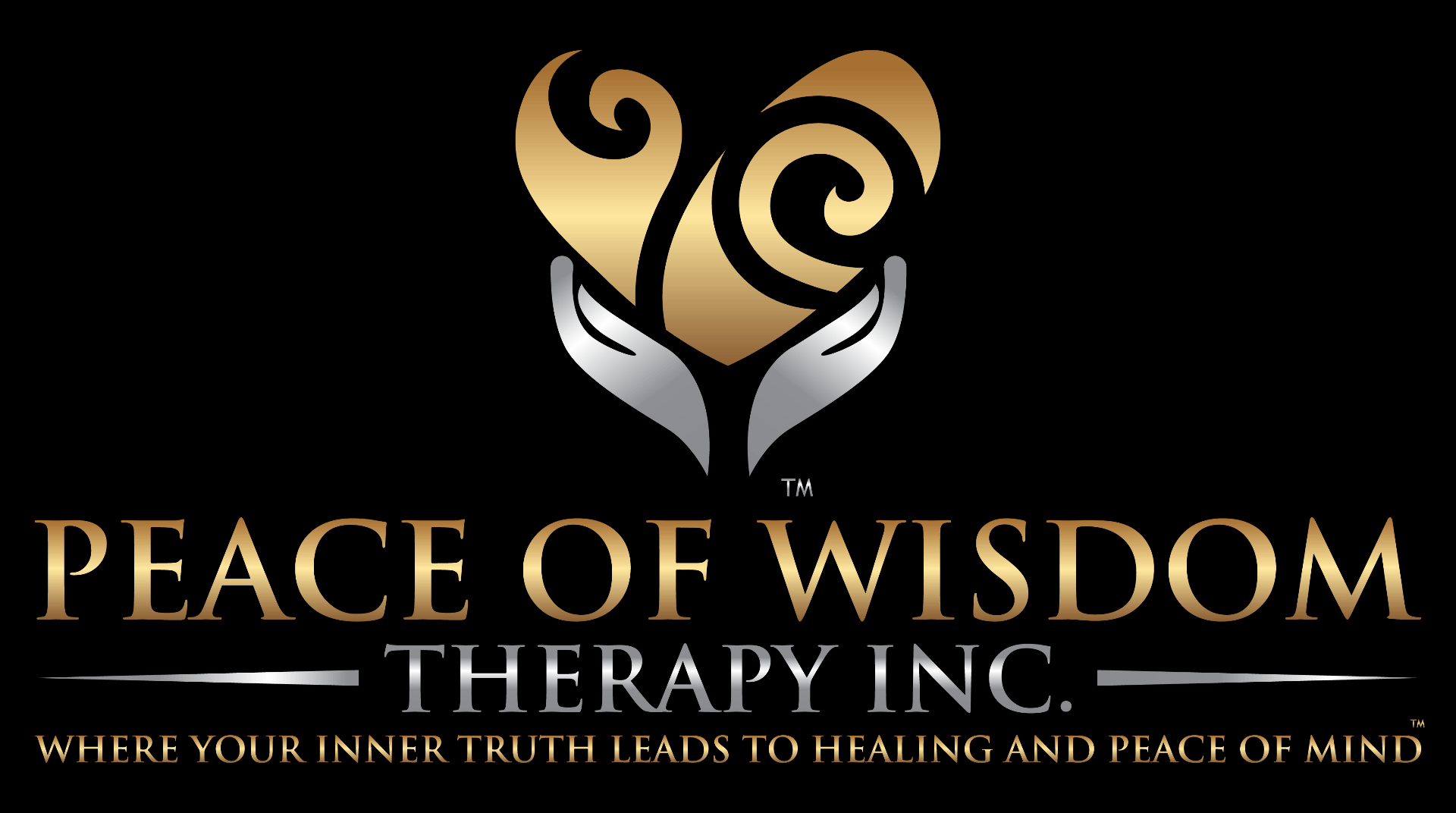Trauma Wounding VS. Attachment Wounding: Promoting Healing through Effective Therapy

Do you feel like you’ve been fairly successful in your life, but despite your achievements, you still feel uneasy?
You might find yourself with anxiety and a nagging feeling of emptiness. Maybe you can’t quite figure out why, but something feels off.
What you may not realize is that the roots of your struggles started in your childhood. Did you grow up in a family where emotions were brushed aside? Perhaps there’s a trauma from your teenage years, like a natural disaster or accident, that left you feeling powerless and unseen.
These experiences shape your attachment style and might have left you carrying invisible scars into your adult life. This influences how you navigate relationships today and the world around you.
I’m sure I don’t need to convince you that the things that happened to you and around you as a child impact your life as an adult.
And to help you heal from these wounds, there are two different types of wounding that we need to compare and understand.
Trauma Wounding VS. Attachment Wounding
Understanding the difference between trauma wounding and attachment wounding is significant because though they are distinct, they intersect to impact your emotional health and relationships.
As a therapist, I help my clients process their trauma and attachment wounds to equip them with the tools to support their healing.
What is Trauma Wounding?
Trauma wounding happens when you have unmet physical needs or your physical safety is threatened. Whether it is the aftermath of natural disasters, witnessing violence, or physical threats, these experiences can shatter your sense of security and stability. Trauma wounds occur when bad things happen.
Symptoms include:
● Hypervigilance
● Flashbacks
● Avoidance behaviors
These are common responses to trauma as they serve as survival mechanisms from threats to your safety.
Effective Treatments for Trauma Wounding
There are a few effective therapy treatments for trauma wounding.
Eye Movement Desensitization and Reprocessing (EMDR) is a powerful therapeutic approach for addressing trauma wounding. Through bilateral stimulation in the body, EMDR works to help you reprocess your traumatic memories. This allows you to integrate these experiences into your life story to reduce their emotional charge.
Cognitive-behavioral therapy (CBT) is another effective treatment style that works to provide you with the tools to challenge negative and disruptive thought patterns and behaviors. This can be done through thought tracking, by identifying how your emotions respond to your thoughts, and by developing adaptive coping skills.
What is Attachment Wounding?
Attachment wounding happens when there are unmet emotional needs in relationships, particularly during childhood years with caregivers. Attachment theory suggests that your early interactions with your caregivers form the foundation of your attachment style. These patterns create a baseline for your relational dynamics throughout your entire life.
When caregivers don’t provide consistent nurturing, validation, and support, it can lead to attachment wounds that last into adulthood. This can influence how you perceive interactions with others and engage in relationships into adulthood.
In addition to challenges in relationships, indicators that you might be grappling with attachment wounding are:
● Feelings of shame, guilt, and humiliation
● Heightened reactivity to stress
● Feeling constantly on edge
● Becoming overly dependent in relationships
● Mental health diagnoses such as depression, anxiety disorders, or complex PTSD
Effective Treatments for Attachment Wounding
Like trauma wounding, there are a few evidence-based therapy models that are effective for treating attachment wounds.
The Developmental Needs Meeting Strategy (DNMS) is a therapy approach that draws from various theories and techniques, like ego-state theory, developmental psychology, attachment theory, and EMDR therapy, to address childhood attachment wounds. It’s designed to be client-centered and strengths-based. The DNMS aims to heal unwanted behaviors, beliefs, emotions, and urges rooted in unmet emotional needs from childhood experiences.
The DNMS works by developing internal resources to provide the emotional support, compassion, empathy, and acceptance that wounded parts of yourself may have lacked in childhood. By meeting the needs of these wounded parts and helping them move beyond the past, the DNMS facilitates healing and growth.
As wounded parts heal, internal conflicts lessen, and self-esteem improves, which makes it easier for you to navigate life’s challenges with adult skills and strengths.
Trauma-focused Cognitive Behavioral Therapy (TF-CBT) is a structured approach to addressing attachment wounds. During TF-CBT, you work towards learning about trauma, challenging negative beliefs, developing emotion regulation skills, and using exposure techniques to process your traumatic memories.
TF-CBT helps you construct a coherent narrative of your experiences. This promotes positive behavior change and thought patterns leading to healing and resilience in the face of attachment wounds.
Somatic Therapy
Somatic approaches focus on the body’s role in healing. Practices such as mindfulness, breathwork, and grounding exercises can provide invaluable tools for reconnecting with yourself and creating a sense of safety and empowerment. Recent research supports the effectiveness of mindfulness in treating PTSD which shows its potential for addressing attachment-related challenges.
Trauma and Attachment Wounding
Both attachment and trauma wounds shape the foundation of your emotions from childhood into adulthood. You can experience trauma wounds, attachment wounds, or a combination of both, with caregivers who inflict physical harm often causing both types of wounds at the same time.
While trauma wounds come from direct physical threats, attachment wounds come from a lack of loving connection. These can have more significant long-term consequences.
Positive attachment relationships in early childhood play an important role in securely attached children. This leads to stability and healthy emotional regulation skills as they grow. On the other hand, insecurely attached children may enter adulthood with insecurity, negative self-thoughts, and unhealthy coping skills.
When attachment needs are unmet in childhood, wounded parts of the self become stuck in time which can lead to unhealthy behaviors.
Attachment and trauma wounds create more than just difficult relationships. They are also linked to mental health. If you find yourself struggling with depression, anxiety, or even complex PTSD, it could be tied back to those early attachment wounds.
According to research, your brain and body hold onto past experiences, even when you’re not consciously aware of them.
As a therapist, I have the privilege of walking alongside my clients on their journey of healing trauma and attachment wounds.
By offering compassion and evidence-based interventions, I help them to reclaim their sense of safety, belonging, and wholeness.
Schedule a consult today to learn more about how I can help you heal from attachment and trauma wounds.


